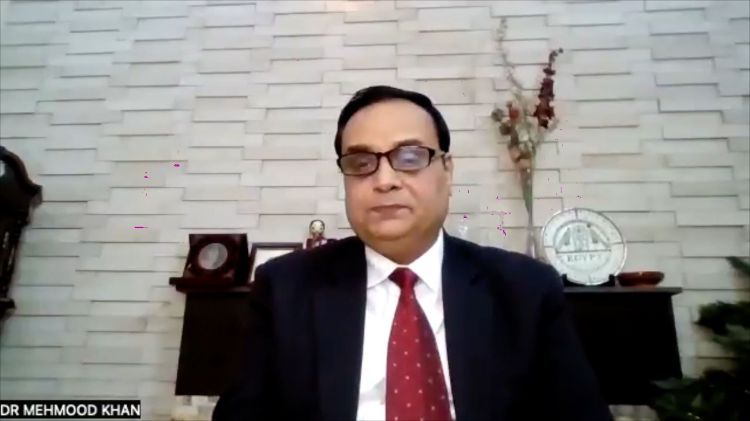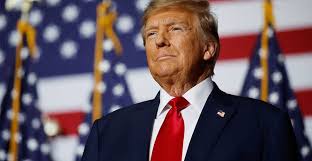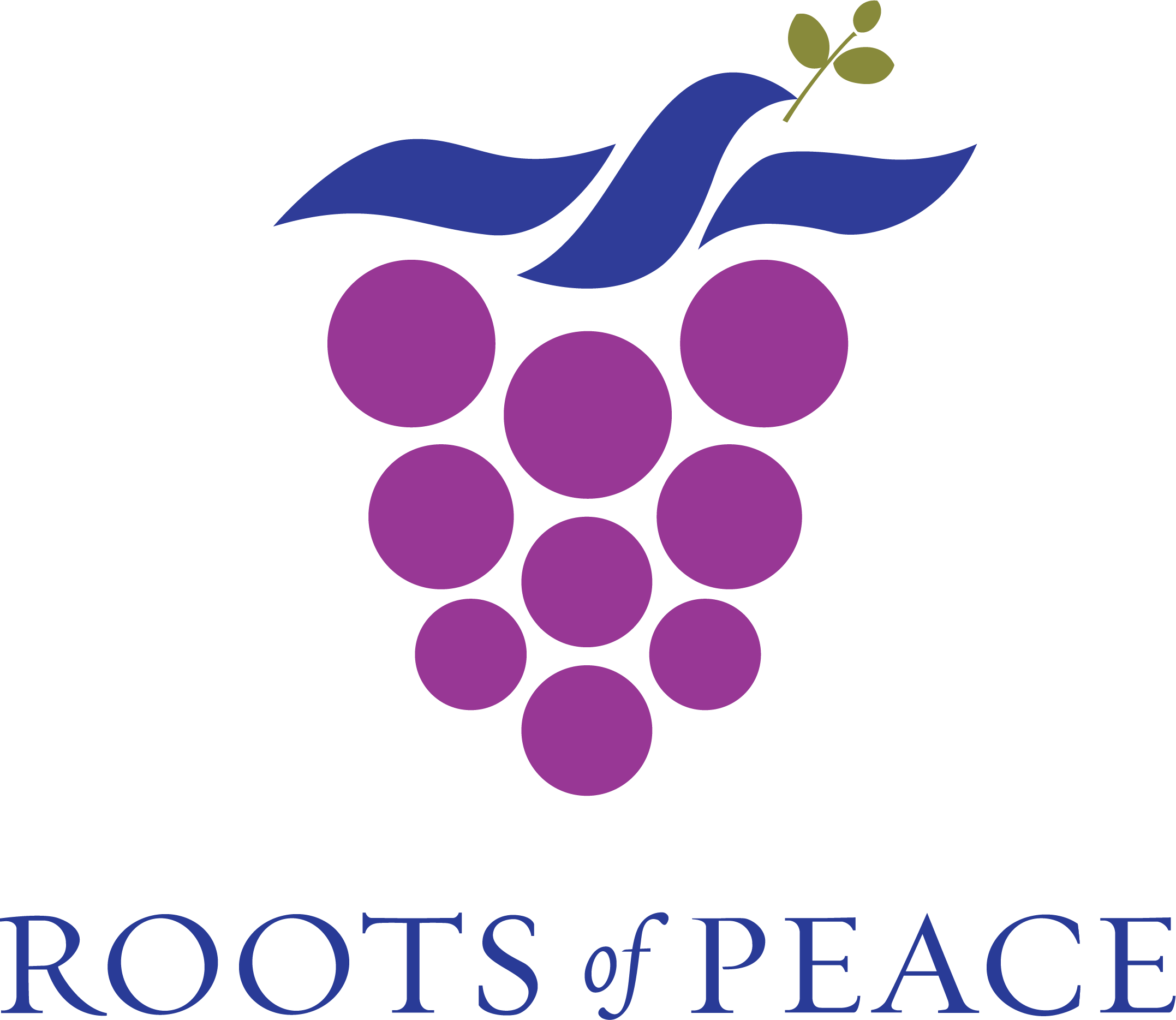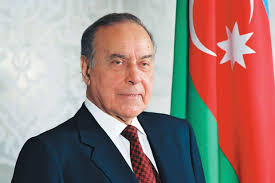The Chinese BRI remained the vision of greater regional connectivity, immense socio-economic prosperity, engine of global growth, stimulator of economic stability and sustainability and last but not the least, an ideal platform of eradication of poverty in the last decade.
During these ten years, the BRI has been rated as a connecting hub and bridging force between the continents, communities and corporations and interestingly Uzbekistan’s special geographical status of Middle Corridor has now further geared up its ties with China and rest of the regional countries.
Moreover, the proposed mega railway project among Uzbekistan, Pakistan and Afghanistan has further strengthened prospects of BRI-CPEC trans-regional amalgamation in the days to come.
Moreover, Uzbekistan holds a key position in the further development of BRI because in the China-Central Asia-West Asia BRI Corridor, two of the BRI routes pass through Uzbekistan which will connect it to China and Iran. It is also ideally positioned in Kazakhstan, Uzbekistan, (Tashkent, Samarkand, Navi), and Turkmenistan Corridor, while it also keeps its key position in Kyrgyzstan, Uzbekistan (Andijan, Pap, Tashkent, Samarkand, Navi) and Turkmenistan-Iran Corridor.
China’s BRI has invested in Uzbekistan in sectors such as industries, raw material, energy, infrastructure, telecommunications, advanced technology, construction of thermal power plants and upgrading of hydroelectric power plants, development of digital and fibre optic infrastructure and 5G. The Uzbek government has already labelled BRI as an important contribution to reaching the national GDP goal of US$100 billion, doubling exports to more than US$30 billion dollars by 2030 and diversifying the economy.
The government of Uzbekistan has adopted its five-year Development Strategy for 2022-2026 which consists of seven priority directions and one hundred goals Uzbekistan is willing to achieve within five years. It has a complete roadmap for achieving the desired goals of socio-economic prosperity, massive industrialization, green energy development, seeking more and more inflows of FDIs and last but not the least further economic liberalization in which BRI would play an important role in the days to come.
The Uzbek State has decided to take integrated policy measures to further economic liberalisation, privatisation in most spheres, competition, elimination of monopolisation, the attraction of more foreign investment, price stabilisation, support of the development of “driver spheres of the economy,” and decentralisation that gives more authority to the regions are among many other priorities identified in the Development Strategy for 2022-2026.
Critical analysis reveals that the economic transformation and modernization process of Uzbekistan has direct correlation with the institutionalization of BRI. According to the development strategy, the Uzbek government will increase its GDP 1.6-time in the next five years and the per capita income to reach $4,000 by 2030 by ensuring stable high growth rates in all sectors of the economy, including energy, industry, machinery, mining, agriculture and others. Moreover, maintaining macroeconomic stability and gradually reducing the annual inflation rate to 5 per cent by 2023 will also be achieved. Massive infrastructural development, formation of economic corridors and China-Uzbekistan trade volumes under the flagship project of the BRI would be a facilitator.
Furthermore, the Uzbek government will continue ensuring the stability of the national economy and increasing the share of industry in GDP by increasing the volume of industrial production by 40 per cent. In this regard, priority areas have been identified.
These goals include implementing large investment projects in metallurgy, such as an increase in the production volumes of gold by 26 per cent and silver by 42 per cent, and a 2-fold increase in copper and ferrous metal products. In this connection China-Uzbekistan mutual mining cooperation and infrastructure development under the flagship of BRI would be helpful in the future.
The Chinese BRI remained the vision of greater regional connectivity, immense socio-economic prosperity, engine of global growth, stimulator of economic stability and sustainability and last but not the least, an ideal platform of eradication of poverty in the last decade.
During these ten years, the BRI has been rated as a connecting hub and bridging force between the continents, communities and corporations and interestingly Uzbekistan’s special geographical status of Middle Corridor has now further geared up its ties with China and rest of the regional countries. Moreover, the proposed mega railway project among Uzbekistan, Pakistan and Afghanistan has further strengthened prospects of BRI-CPEC trans-regional amalgamation in the days to come.
Moreover, Uzbekistan holds a key position in the further development of BRI because in the China-Central Asia-West Asia BRI Corridor, two of the BRI routes pass through Uzbekistan which will connect it to China and Iran. It is also ideally positioned in Kazakhstan, Uzbekistan, (Tashkent, Samarkand, Navi), and Turkmenistan Corridor, while it also keeps its key position in Kyrgyzstan, Uzbekistan (Andijan, Pap, Tashkent, Samarkand, Navi) and Turkmenistan-Iran Corridor. China’s BRI has invested in Uzbekistan in sectors such as industries, raw material, energy, infrastructure, telecommunications, advanced technology, construction of thermal power plants and upgrading of hydroelectric power plants, development of digital and fibre optic infrastructure and 5G. The Uzbek government has already labelled BRI as an important contribution to reaching the national GDP goal of US$100 billion, doubling exports to more than US$30 billion dollars by 2030 and diversifying the economy.
The government of Uzbekistan has adopted its five-year Development Strategy for 2022-2026 which consists of seven priority directions and one hundred goals Uzbekistan is willing to achieve within five years. It has a complete roadmap for achieving the desired goals of socio-economic prosperity, massive industrialization, green energy development, seeking more and more inflows of FDIs and last but not the least further economic liberalization in which BRI would play an important role in the days to come.
The Uzbek State has decided to take integrated policy measures to further economic liberalisation, privatisation in most spheres, competition, elimination of monopolisation, the attraction of more foreign investment, price stabilisation, support of the development of “driver spheres of the economy,” and decentralisation that gives more authority to the regions are among many other priorities identified in the Development Strategy for 2022-2026. Critical analysis reveals that the economic transformation and modernization process of Uzbekistan has direct correlation with the institutionalization of BRI. According to the development strategy, the Uzbek government will increase its GDP 1.6-time in the next five years and the per capita income to reach $4,000 by 2030 by ensuring stable high growth rates in all sectors of the economy, including energy, industry, machinery, mining, agriculture and others. Moreover, maintaining macroeconomic stability and gradually reducing the annual inflation rate to 5 per cent by 2023 will also be achieved. Massive infrastructural development, formation of economic corridors and China-Uzbekistan trade volumes under the flagship project of the BRI would be a facilitator.
Furthermore, the Uzbek government will continue ensuring the stability of the national economy and increasing the share of industry in GDP by increasing the volume of industrial production by 40 per cent. In this regard, priority areas have been identified. These goals include implementing large investment projects in metallurgy, such as an increase in the production volumes of gold by 26 per cent and silver by 42 per cent, and a 2-fold increase in copper and ferrous metal products. In this connection China-Uzbekistan mutual mining cooperation and infrastructure development under the flagship of BRI would be helpful in the future. Production in the chemical industry will be worth $2 billion by developing the chemical and gas chemical industries and bringing the level of natural gas processing from 8 to 20 per cent. The plan of doubling the production of building materials, growth in the leather and footwear industry by 3.2 times its current size, a three times increase in pharmaceutical industry products, and furniture products growing by 2.8 times will also be achieved in which BRI’s role will be paramount.
The further development of green technologies in all areas, an increase in energy efficiency by 20 per cent, and a reduction in emissions of harmful gases into the atmosphere by 10 per cent are proposed. Furthermore, the government plans to save about 3 billion cubic meters of natural gas by bringing the share of renewable energy sources up to 25 per cent of energy production by 2026. It also desires to reduce the emission of harmful gases into the atmosphere in the amount of 8 million tons is also a priority. These targets have direct energy cooperation correlation with BRI development in Uzbekistan. The transformation of the digital economy into the core “driver” sphere of the economy would also be geared-up.
Implementing work aimed at increasing the digital economy’s volume by at least 2.5 times is also a goal to strengthen the country’s potential in this new sphere. In this regard, one of the key sectors of BRI is digitalization of economy and E-Commerce which would be beneficial for the Uzbek government to achieve these goals in the future. The Chinese BRI remained the vision of greater regional connectivity, immense socio-economic prosperity, engine of global growth, stimulator of economic stability and sustainability and last but not the least, an ideal platform of eradication of poverty in the last decade. During these ten years, the BRI has been rated as a connecting hub and bridging force between the continents, communities and corporations and interestingly Uzbekistan’s special geographical status of Middle Corridor has now further geared up its ties with China and rest of the regional countries.
Moreover, the proposed mega railway project among Uzbekistan, Pakistan and Afghanistan has further strengthened prospects of BRI-CPEC trans-regional amalgamation in the days to come. Moreover, Uzbekistan holds a key position in the further development of BRI because in the China-Central Asia-West Asia BRI Corridor, two of the BRI routes pass through Uzbekistan which will connect it to China and Iran. It is also ideally positioned in Kazakhstan, Uzbekistan, (Tashkent, Samarkand, Navi), and Turkmenistan Corridor, while it also keeps its key position in Kyrgyzstan, Uzbekistan (Andijan, Pap, Tashkent, Samarkand, Navi) and Turkmenistan-Iran Corridor. China’s BRI has invested in Uzbekistan in sectors such as industries, raw material, energy, infrastructure, telecommunications, advanced technology, construction of thermal power plants and upgrading of hydroelectric power plants, development of digital and fibre optic infrastructure and 5G. The Uzbek government has already labelled BRI as an important contribution to reaching the national GDP goal of US$100 billion, doubling exports to more than US$30 billion dollars by 2030 and diversifying the economy.
The government of Uzbekistan has adopted its five-year Development Strategy for 2022-2026 which consists of seven priority directions and one hundred goals Uzbekistan is willing to achieve within five years. It has a complete roadmap for achieving the desired goals of socio-economic prosperity, massive industrialization, green energy development, seeking more and more inflows of FDIs and last but not the least further economic liberalization in which BRI would play an important role in the days to come.
The Uzbek State has decided to take integrated policy measures to further economic liberalisation, privatisation in most spheres, competition, elimination of monopolisation, the attraction of more foreign investment, price stabilisation, support of the development of “driver spheres of the economy,” and decentralisation that gives more authority to the regions are among many other priorities identified in the Development Strategy for 2022-2026. Critical analysis reveals that the economic transformation and modernization process of Uzbekistan has direct correlation with the institutionalization of BRI. According to the development strategy, the Uzbek government will increase its GDP 1.6-time in the next five years and the per capita income to reach $4,000 by 2030 by ensuring stable high growth rates in all sectors of the economy, including energy, industry, machinery, mining, agriculture and others. Moreover, maintaining macroeconomic stability and gradually reducing the annual inflation rate to 5 per cent by 2023 will also be achieved. Massive infrastructural development, formation of economic corridors and China-Uzbekistan trade volumes under the flagship project of the BRI would be a facilitator.
Furthermore, the Uzbek government will continue ensuring the stability of the national economy and increasing the share of industry in GDP by increasing the volume of industrial production by 40 per cent. In this regard, priority areas have been identified. These goals include implementing large investment projects in metallurgy, such as an increase in the production volumes of gold by 26 per cent and silver by 42 per cent, and a 2-fold increase in copper and ferrous metal products. In this connection China-Uzbekistan mutual mining cooperation and infrastructure development under the flagship of BRI would be helpful in the future. Production in the chemical industry will be worth $2 billion by developing the chemical and gas chemical industries and bringing the level of natural gas processing from 8 to 20 per cent. The plan of doubling the production of building materials, growth in the leather and footwear industry by 3.2 times its current size, a three times increase in pharmaceutical industry products, and furniture products growing by 2.8 times will also be achieved in which BRI’s role will be paramount.
The further development of green technologies in all areas, an increase in energy efficiency by 20 per cent, and a reduction in emissions of harmful gases into the atmosphere by 10 per cent are proposed. Furthermore, the government plans to save about 3 billion cubic meters of natural gas by bringing the share of renewable energy sources up to 25 per cent of energy production by 2026. It also desires to reduce the emission of harmful gases into the atmosphere in the amount of 8 million tons is also a priority.
These targets have direct energy cooperation correlation with BRI development in Uzbekistan. The transformation of the digital economy into the core “driver” sphere of the economy would also be geared-up. Implementing work aimed at increasing the digital economy’s volume by at least 2.5 times is also a goal to strengthen the country’s potential in this new sphere. In this regard, one of the key sectors of BRI is digitalization of economy and E-Commerce which would be beneficial for the Uzbek government to achieve these goals in the future. In this connection, support to entrepreneurship, the government plans to reduce the tax burden on business entities by 2026 from 27.5 percent to 25 per cent of GDP and decrease VAT from 15 to 12 per cent, as well as reducing profit tax for telecommunications, banking and finance sectors from 20 per cent to 15 percent. Further restructuring and broadening of the national tax system should be implemented as soon as possible. The government is planning to increase the economic potential of the regions by carrying out decentralisation reforms to support the development of the districts further.
Agriculture reserves, a high volume in the state’s GDP, the annual growth rate of agriculture is expected to be at least 5 per cent, which should lead to the increase of farmers’ incomes by at least two times.
China-Uzbekistan agriculture cooperation under the flagship of BRI would create mutually beneficial propositions for both the countries in the days to come. In summary, further development of BRI would be beneficial for socio-economic prosperity, greater regional connectivity and human capital in the future. Written by Dr Mehmood Ul Hassan Khan










